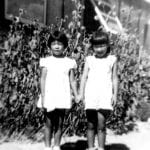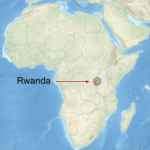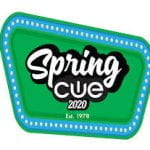Yesterday, December 7, marked the 79th anniversary of the bombing of Pearl Harbor. Although I was not yet born, I have carried with me stories and memories of the December 7, 1941, attack throughout my childhood and into my teaching career. In July, I retired from the Elk Grove Unified School District, which is located […]
Reflecting on Pearl Harbor Day – from a Personal Lens







